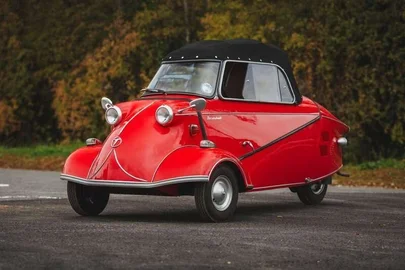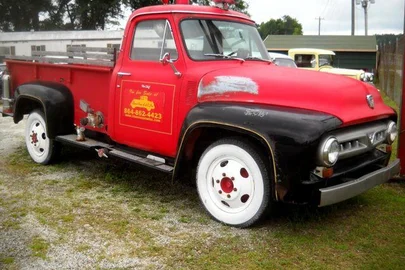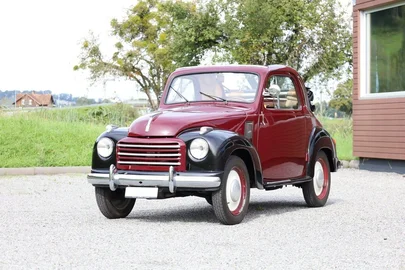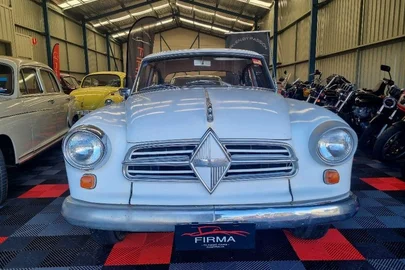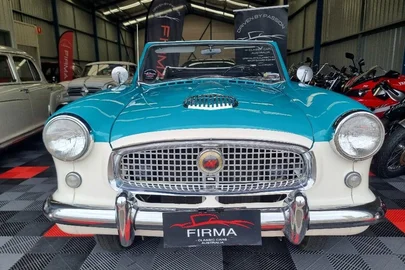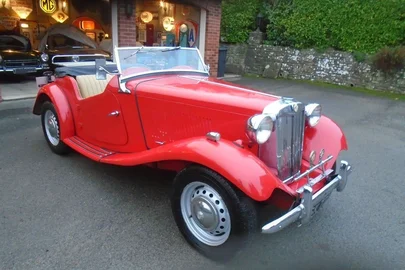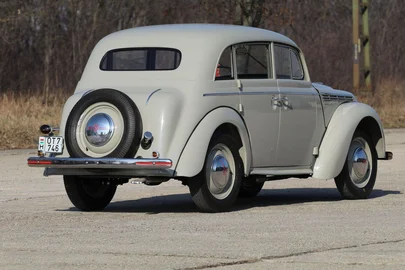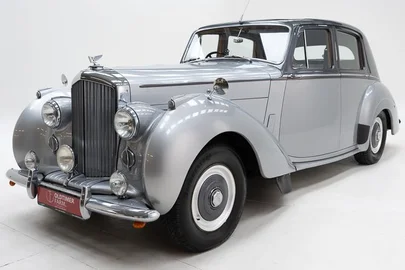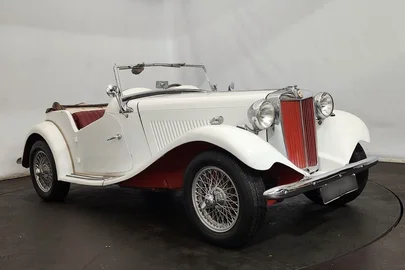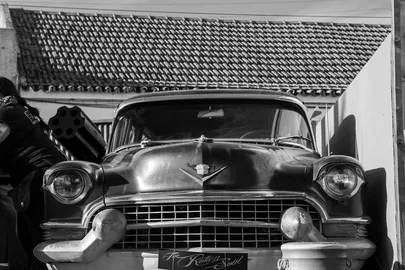
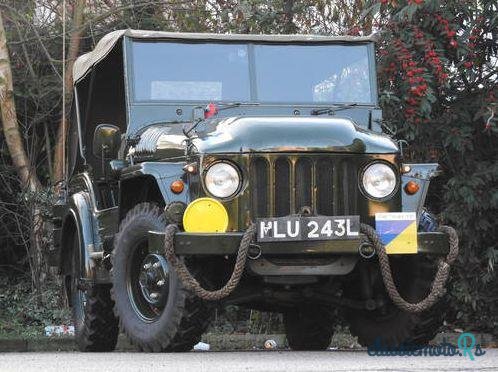

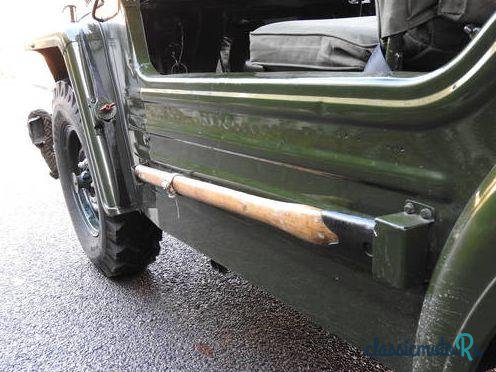
4 photos
1953' Austin Champ
Report This Ad!Rate This!Bookmark This
€16,100Published 15 January 2017ID: yhR8IZ
Expired
8 years, 11 months ago
8 years, 11 months ago
Information from the owner
Age: 64 years
Seller's comments about 1953' Austin Champ
FULLY RESTORED - FULL ALBUM OF PHOTOS TO PROVE THIS - ££££ BEEN SPENT - TOTAL ORGINAL UNMOLESTED EXAMPLE - BEAUTIFUL CONDITION INSIDE & OUT - FULL VOSA VERIFIED MOT HISTORY - PHOTO ALBUM OF FULL RESTORATION - ORGINAL MACHETTE, WATER BOTTLE, SHOVEL & FIRST AID KIT - EVERYTHING IS ORIGINAL!
The Austin Champ is the civilian version of a British Army vehicle made by the Austin Motor Company. The army version was officially known as "Truck, 1/4 ton, CT,, Cargo & FFW, Austin Mk.1" however the civilian name "Champ" was universally, if unofficially, applied to it.
Inspired by the Jeep a British Army specification for a light truck was issued in the late 1940s; able to perform in all theatres of operation of the British Army. It was considered important that a British-made vehicle was produced in order to reduce the reliance on US vehicles and the foreign expenditure that entailed. About 30 prototypes of the improved vehicle were built by Wolseley Motors Limited under the name "Wolseley Mudlark". The Austin Motor Company was awarded the contract to produce 15,000 vehicles.
The Rolls-Royce-designed B40 four-cylinder engine of 2838 cc was fitted, the smallest of the standardised B-Range engines. The gearbox had five ratios with synchromesh on all gears. A conventional Borg & Beck clutch with mechanical linkage was used and drive from the gearbox was by shaft to the rear combined transfer box and differential assembly which incorporated reverse gear, thereby allowing five reverse gears also. The suspension system was designed by Alec Issigonis, (who went on to design the Morris Minor and the Mini) and was based on longitudinal torsion bars for primary springing and featured fully independent suspension at all four wheels using double wishbones.
Although it had an outstanding cross-country performance, it became quickly apparent that the Champ,� was too expensive £1,200 at 1951 prices), too complex and had limited use outside of the narrow field combat role for which it had been designed. Consequently, the contract with Austin was amended and finally prematurely terminated some 4,000 vehicles short of the 15,000 originally contracted. Nonetheless, the Champ served with the British Army in the UK, Africa, Germany, Cyprus, Libya and the Suez Campaign, and early vehicles were sent for troop trials at the end of the Korean War.
Our excellent example of the scarce FFW (Fitted for Wireless) Variant was built in 1953; it has been completely and carefully restored and fitted with many period correct extras. It is presented in the correct regalia of a Lieutenant General's Combat Vehicle. With full weather protection and the correct rear seats for its role; wireless operator and ADC as rear seat passengers and Sergeant Driver.
The Austin Champ is the civilian version of a British Army vehicle made by the Austin Motor Company. The army version was officially known as "Truck, 1/4 ton, CT,, Cargo & FFW, Austin Mk.1" however the civilian name "Champ" was universally, if unofficially, applied to it.
Inspired by the Jeep a British Army specification for a light truck was issued in the late 1940s; able to perform in all theatres of operation of the British Army. It was considered important that a British-made vehicle was produced in order to reduce the reliance on US vehicles and the foreign expenditure that entailed. About 30 prototypes of the improved vehicle were built by Wolseley Motors Limited under the name "Wolseley Mudlark". The Austin Motor Company was awarded the contract to produce 15,000 vehicles.
The Rolls-Royce-designed B40 four-cylinder engine of 2838 cc was fitted, the smallest of the standardised B-Range engines. The gearbox had five ratios with synchromesh on all gears. A conventional Borg & Beck clutch with mechanical linkage was used and drive from the gearbox was by shaft to the rear combined transfer box and differential assembly which incorporated reverse gear, thereby allowing five reverse gears also. The suspension system was designed by Alec Issigonis, (who went on to design the Morris Minor and the Mini) and was based on longitudinal torsion bars for primary springing and featured fully independent suspension at all four wheels using double wishbones.
Although it had an outstanding cross-country performance, it became quickly apparent that the Champ,� was too expensive £1,200 at 1951 prices), too complex and had limited use outside of the narrow field combat role for which it had been designed. Consequently, the contract with Austin was amended and finally prematurely terminated some 4,000 vehicles short of the 15,000 originally contracted. Nonetheless, the Champ served with the British Army in the UK, Africa, Germany, Cyprus, Libya and the Suez Campaign, and early vehicles were sent for troop trials at the end of the Korean War.
Our excellent example of the scarce FFW (Fitted for Wireless) Variant was built in 1953; it has been completely and carefully restored and fitted with many period correct extras. It is presented in the correct regalia of a Lieutenant General's Combat Vehicle. With full weather protection and the correct rear seats for its role; wireless operator and ADC as rear seat passengers and Sergeant Driver.
